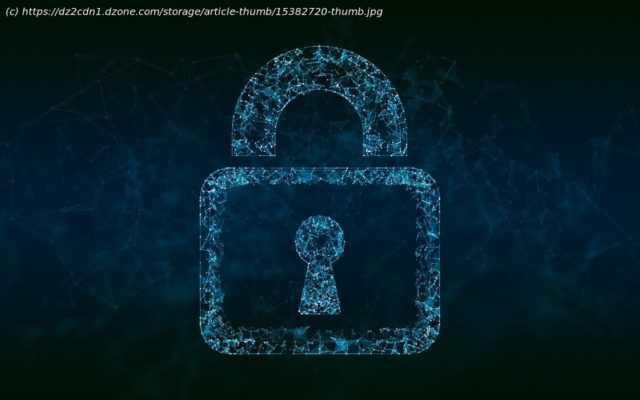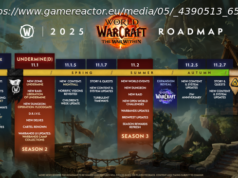Comparing the two leading cybersecurity platforms – Check Point and Palo Alto, to help you decide on the right cybersecurity solution to get.
Join the DZone community and get the full member experience. Two of the leading cybersecurity platforms are Check Point and Palo Alto. Many tend to think that these top contenders are largely the same, so choosing any of the two wouldn’t be a bad idea. However, there are a few details that can spell major differences. To arrive at a better cybersecurity platform choice, it certainly helps to get acquainted with this duo of options better. Presented below are some of the most important points you need to know as you decide on the right cybersecurity solution to get. This comparison aims to help you decide better by exploring the following factors: Before going into the details, here’s an introduction of the two. An American-Israeli multinational company, Check Point Software specializes in cybersecurity software products for various purposes including network, endpoint, cloud, mobile, and data security. It also offers security management products. Check Point started in 1993 offering a firewall product, which was unimaginatively called FireWall-1. The underlying technology of which became the company’s core technology. Eventually, Check Point developed one of the world’s first VPN products named VPN-1 and went on to create several security solutions for different purposes. Today, Check Point Software’s host of cybersecurity offerings include network security, software-defined protection, public and private cloud security, zero trust remote access, data security, IoT security, virtual systems, mobile security, endpoint security, document security, and cloud protection products. As the company expanded, it also acquired some of the well-known cybersecurity brands including Zone Labs, Nokia Security Appliances, Dynasec, Hyperwise, and Odo Security. Palo Alto Networks Inc. is a cybersecurity firm based in California. Founded in 2005, this American multinational company now serves tens of hundreds of clients in more than 150 countries. It was once included in the Forbes Digital 100 (8th in 2018) and Fortune 100 (85th in 2018) lists. Palo Alto’s products are not that different from what Check Point offers. It started with an advanced enterprise firewall product but is now offering a long list of enterprise solutions. These include next-generation firewalls, a network security control center, advanced endpoint protection systems, a cloud-based threat analysis service, and a range of cloud storage and analysis products. The company also operates a threat intelligence and security consulting team called Unit 42. Consisting of cyber threat researchers and security tech experts, the team gathers and analyzes cybersecurity to discover and help prevent new threats such as malicious software and new attack schemes of bad actors from different parts of the world. Palo Alto also acquired a number of firms as it bolstered its expertise and product offerings. The company bought Morta Security, Cyvera, CirroSecure, LightCyber, Evident.io, Secdo, RedLock, CloudGenix, Expanse, and a number of other cybersecurity-related companies over the past decade. For this comparison, the focus will be on the two companies’ next-generation firewalls (NGFW). As mentioned, they offer a multitude of solutions, but their common main products are the next-gen firewalls. Check Point offers an NGFW that it describes as “designed for SandBlast’s zero-day protection.” This provides the ability to prevent fifth-generation cyber-attacks through dozens of innovative security services. It uses the proprietary Quantum Security Gateway, which is based on Infinity Architecture, that is rated to be capable of handling up to 1.5Tbps of threats. The use of this architecture also provides the benefit of on-demand scalability. Check Point’s Next-gen Firewall (NGFW) Notable Features: Palo Alto’s next-gen firewall offering is certainly no slacker. It is notable for providing granular control over traffic. It is also designed for zero-trust network security and claims to be the world’s first machine learning-powered NGFW. The company promises security without compromise and high performance with a lower total cost of ownership. Palo Alto’s Next-generation Firewall (NGFW) Notable Features: Given the list of features and functions above, it is understandable why many tend to think the two are equally technically excellent.
Start
United States
USA — software Check Point vs. Palo Alto – Enterprise Cybersecurity Top Contenders






